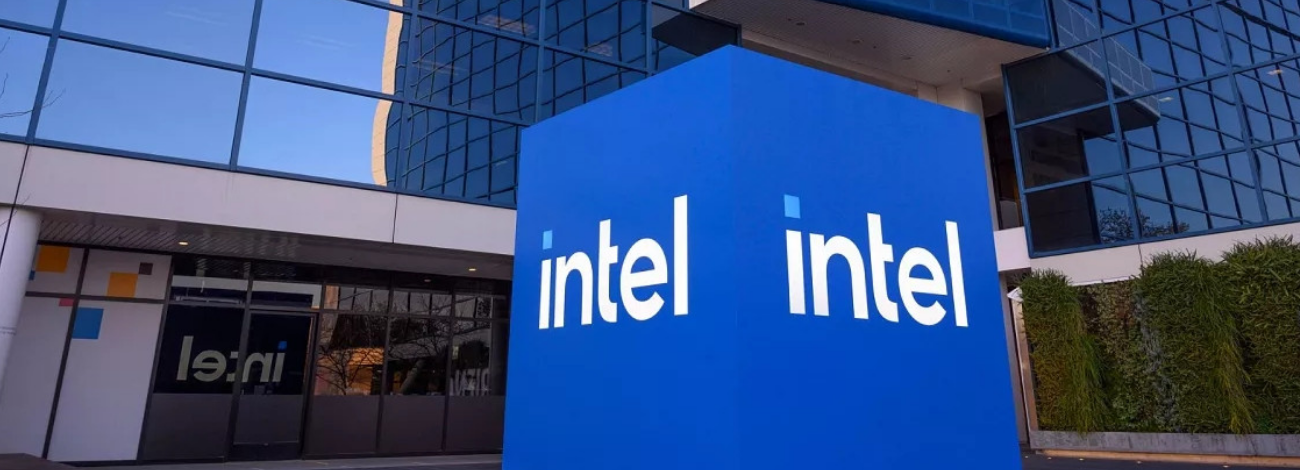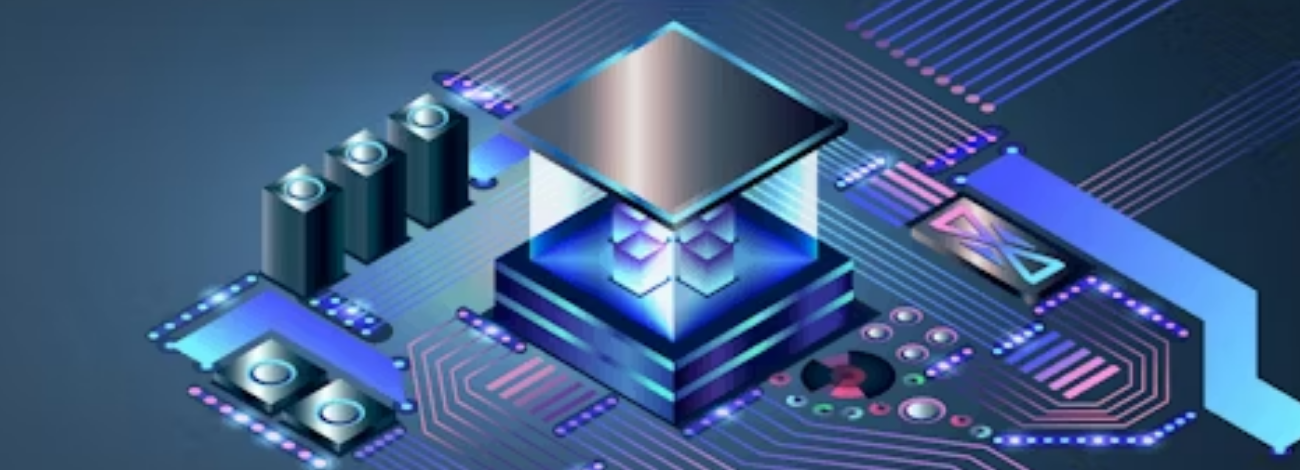For decades, the semiconductor industry has relied on Moore’s Law to enhance computing power by continuously shrinking transistor sizes. However, as the physical limitations of silicon become more apparent, chip manufacturers have been seeking new methods to maintain and improve performance. In modern IC Design, Chiplet , a relatively new concept, has emerged as an optimal solution, promising to innovate IC Design by enhancing performance, flexibility, and cost-efficiency.
The Development History of Chiplet
Traditional IC Design primarily relied on monolithic structures, where all the components of a chip were integrated into a single die. However, as chip technology advanced, the limitations in size, performance, and cost of monolithic designs became more apparent.
To address this, the concept of a chiplet was born, allowing different components to be designed and manufactured separately and then assembled into a single package. It not only optimizes performance and cost but also enables flexibility in using different technologies for each component.
Chiplet began to gain significant attention from tech companies around the 2010s when AMD introduced the Chiplet architecture in their Ryzen and EPYC processor lines. This architecture uses multiple smaller dies (Chiplets) connected through advanced linking technology, enhancing performance while keeping production costs reasonable. Intel followed AMD’s lead by implementing chiplets in their products, such as the Lakefield processors.

Moreover, TSMC, one of the leading companies in chip manufacturing, has pioneered the development of 3D stacking and interposer technology, unlocking new potential for large-scale Chiplet deployment. These advancements have defined a new direction for the IC Design industry, transforming approaches in IC Design and manufacturing.
Advantages of Chiplet, In modern IC Design
Increased Processing Performance
Chiplet design offers significant advantages in performance and energy efficiency, especially as Moore’s Law becomes increasingly outdated. When integrating more transistors on a silicon die becomes challenging, Chiplet allows manufacturers to optimize performance by combining separate modules with the most advanced technology for each component. It not only boosts performance but also reduces energy consumption, as Chiplets can be individually optimized for specific tasks.
Easy Customization IC Design
Chiplet provides high modularity, making it easy to customize and expand systems without redesigning the entire chip. Unlike monolithic designs, Chiplet allows for the replacement or upgrade of individual modules without affecting the whole system. It enables manufacturers to easily integrate new technologies or adjust product configurations to meet the specific needs of different applications.
Lower Production and Design Costs
One of the biggest advantages of Chiplet is its ability to reduce production costs. While traditional monolithic designs are prone to waste due to manufacturing defects across the entire die, Chiplet allows the replacement of faulty modules without having to scrap or downgrade the whole chip. It not only increases yield but also minimizes waste, optimizing the production process and lowering costs. Additionally, the shorter distances between modules in a Chiplet improve data transmission speeds and enhance overall performance.
Currently, most major CPU manufacturers worldwide view Chiplet as the future of the semiconductor industry, with the potential to increase output and reduce chip shortages across various sectors.

How Chiplet Works
Chiplet operates by assembling small silicon blocks to form complete chips, instead of etching the entire chip from a single silicon wafer. Each chip performs a specific function, such as CPU processing, GPU rendering, or WiFi connectivity. This segmentation allows for the optimization of each part, improving performance and reducing production costs.
Unlike SoC (System on Chip) designs, Chiplet focuses on separating specific functions into individual modules on the same chip, speeding up data transmission and optimizing processing. As the demand for AI and machine learning continues growing, Chiplet becomes an ideal solution due to its flexibility and superior performance. Moreover, using only the most advanced technology for the most critical parts of the chip reduces errors and cost, while enhancing product stability.
Companies like Intel and AMD are leading the way in Chiplet adoption, viewing it as the evolution of Moore’s Law, opening the door for more powerful chips in shorter timeframes.

Conclusion
Chiplet is not just an advancement in IC Design but represents a strategic shift in the semiconductor industry. With its ability to optimize performance, enhance modularity, and reduce costs, Chiplet has cemented its role in sustaining technological growth as Moore’s Law slows down.
The widespread adoption of Chiplet by industry giants like Intel and AMD indicates that the future of chips will depend on the flexibility and efficiency that this design offers.
To stay updated on the latest information, don’t forget to follow tech market news at FPT Semiconductor!